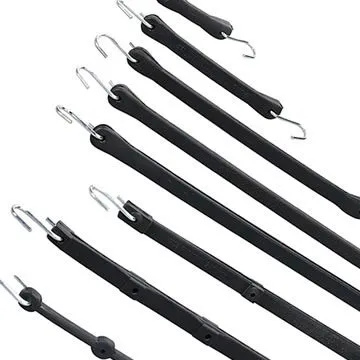Dec . 04, 2024 09:04 Back to list
t bar ceiling panels
The Rising Popularity of T-Bar Ceiling Panels A Comprehensive Overview
In the realm of modern architecture and interior design, T-bar ceiling panels have emerged as a vital component, transforming how spaces are acoustically managed and aesthetically enhanced. These innovative structures are not just functional; they also provide a canvas for creativity and efficiency in building design. With their unique installation methods and adaptability, T-bar ceiling panels are becoming increasingly popular in various settings, from corporate offices to educational institutions and healthcare facilities.
Understanding T-Bar Ceiling Panels
T-bar ceiling panels, also known as suspended ceilings or drop ceilings, consist of a grid system made from metal (typically galvanized steel) or other materials. The “T-bar” refers to the T-shaped cross sections that create a grid framework to support the lightweight ceiling tiles that fit within the grid. These tiles can be made from numerous materials, including mineral fiber, gypsum, and metal, providing a wide array of options for sound insulation, fire resistance, and aesthetic appeal.
One of the main advantages of T-bar ceilings is their accessibility. The grid system allows for easy access to pipes, ductwork, and electrical wiring that might be hidden above traditional ceilings. This accessibility is critical for maintenance and repairs, as technicians can reach utilities quickly without requiring extensive renovation work.
Acoustic Performance
Acoustic management is a primary consideration in any interior space, particularly in environments where sound quality impacts productivity or comfort. T-bar ceiling panels can significantly enhance a room's acoustic properties. Many products are designed with acoustic ratings that help reduce noise transmission and improve sound absorption. This capability is particularly valuable in offices, classrooms, and conference rooms, where a quiet atmosphere is essential for concentration and effective communication.
By selecting the right ceiling tiles with specific sound-absorbing qualities, designers can create environments that promote focus and collaboration. For example, high-density mineral fiber tiles can reduce unwanted noise, making them ideal for noisy areas or open-concept office layouts.
Aesthetic Versatility
t bar ceiling panels

T-bar ceiling panels also offer remarkable versatility in design. They come in various textures, colors, and styles, allowing architects and designers to create visually appealing ceiling landscapes that enhance interiors. For those looking to achieve a modern aesthetic, sleek and minimalist tiles are available in contemporary finishes. Conversely, more traditional options can complement historical or classic design themes.
Moreover, T-bar ceilings can incorporate lighting fixtures seamlessly. Recessed lights can be installed within the grid, creating a clean and modern look while ensuring optimal illumination. This integration can enhance the overall ambiance of a space, showcasing the ceiling itself as a design element rather than just a functional one.
Sustainability and Compliance
Sustainability is becoming an increasingly crucial consideration in architectural design. Many manufacturers of T-bar ceiling panels are now producing eco-friendly options made from recycled materials or designed to meet green building standards. These products allow designers to create beautiful and functional interiors while minimizing their environmental impact.
Additionally, federal and local building codes often require specific standards for fire resistance and safety. T-bar ceiling panels can be designed and manufactured to meet these codes, ensuring that spaces not only look good but also adhere to safety regulations.
Installation and Cost-Effectiveness
The installation process for T-bar ceiling panels is relatively straightforward, making them a cost-effective choice for many projects. Skilled installers can quickly set up the grid system, which minimizes labor costs. The ability to easily replace individual tiles when damaged or stained further ensures that upkeep is both simple and affordable.
Conclusion
T-bar ceiling panels are redefining modern interior design through their functionality, aesthetic versatility, acoustic performance, and sustainability. As we move towards an architecture that prioritizes design harmonization with usability, T-bar ceilings stand out as an ideal solution for various applications—offices, educational facilities, healthcare environments, and beyond. Their continued innovation promises even more exciting developments, allowing designers to create harmonious spaces that meet the demands of modern life. Whether one is renovating an existing space or starting anew, considering T-bar ceiling panels is a step towards achieving both beauty and practicality in interior design.
-
Durable Ceiling T Grid Systems | Easy InstallationNewsAug.29,2025
-
PVC Gypsum Ceiling: Durable, Laminated Tiles for Modern SpacesNewsAug.28,2025
-
Pvc Gypsum Ceiling Is DurableNewsAug.21,2025
-
Mineral Fiber Board Is DurableNewsAug.21,2025
-
Ceiling Tile Clip Reusable DesignNewsAug.21,2025
-
Ceiling T Grid Modular DesignNewsAug.21,2025







